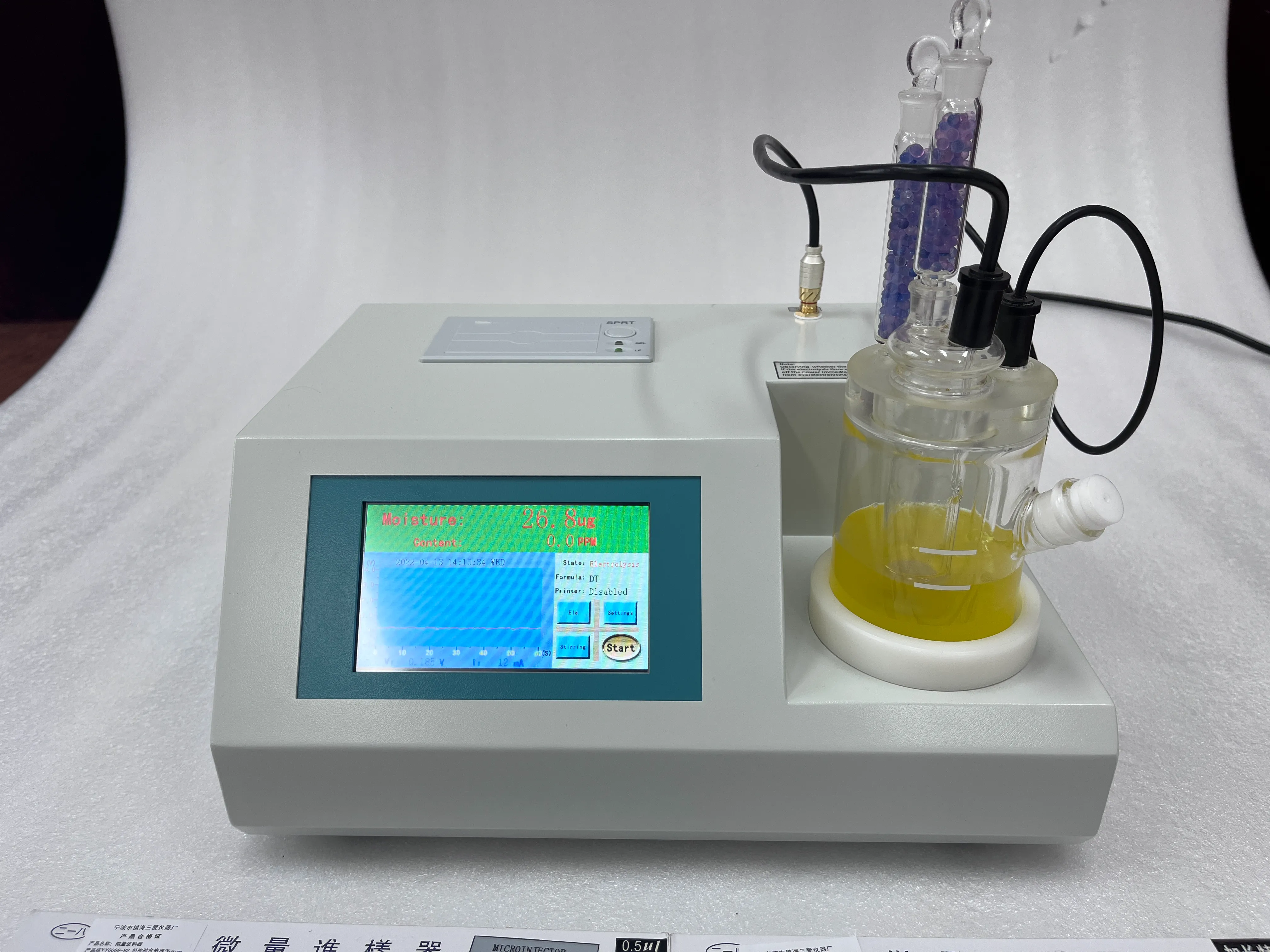 English
English



-
 Afrikaans
Afrikaans -
 Albanian
Albanian -
 Amharic
Amharic -
 Arabic
Arabic -
 Armenian
Armenian -
 Azerbaijani
Azerbaijani -
 Basque
Basque -
 Belarusian
Belarusian -
 Bengali
Bengali -
 Bosnian
Bosnian -
 Bulgarian
Bulgarian -
 Catalan
Catalan -
 Cebuano
Cebuano -
 China
China -
 China (Taiwan)
China (Taiwan) -
 Corsican
Corsican -
 Croatian
Croatian -
 Czech
Czech -
 Danish
Danish -
 Dutch
Dutch -
 English
English -
 Esperanto
Esperanto -
 Estonian
Estonian -
 Finnish
Finnish -
 French
French -
 Frisian
Frisian -
 Galician
Galician -
 Georgian
Georgian -
 German
German -
 Greek
Greek -
 Gujarati
Gujarati -
 Haitian Creole
Haitian Creole -
 hausa
hausa -
 hawaiian
hawaiian -
 Hebrew
Hebrew -
 Hindi
Hindi -
 Miao
Miao -
 Hungarian
Hungarian -
 Icelandic
Icelandic -
 igbo
igbo -
 Indonesian
Indonesian -
 irish
irish -
 Italian
Italian -
 Japanese
Japanese -
 Javanese
Javanese -
 Kannada
Kannada -
 kazakh
kazakh -
 Khmer
Khmer -
 Rwandese
Rwandese -
 Korean
Korean -
 Kurdish
Kurdish -
 Kyrgyz
Kyrgyz -
 Lao
Lao -
 Latin
Latin -
 Latvian
Latvian -
 Lithuanian
Lithuanian -
 Luxembourgish
Luxembourgish -
 Macedonian
Macedonian -
 Malgashi
Malgashi -
 Malay
Malay -
 Malayalam
Malayalam -
 Maltese
Maltese -
 Maori
Maori -
 Marathi
Marathi -
 Mongolian
Mongolian -
 Myanmar
Myanmar -
 Nepali
Nepali -
 Norwegian
Norwegian -
 Norwegian
Norwegian -
 Occitan
Occitan -
 Pashto
Pashto -
 Persian
Persian -
 Polish
Polish -
 Portuguese
Portuguese -
 Punjabi
Punjabi -
 Romanian
Romanian -
 Russian
Russian -
 Samoan
Samoan -
 Scottish Gaelic
Scottish Gaelic -
 Serbian
Serbian -
 Sesotho
Sesotho -
 Shona
Shona -
 Sindhi
Sindhi -
 Sinhala
Sinhala -
 Slovak
Slovak -
 Slovenian
Slovenian -
 Somali
Somali -
 Spanish
Spanish -
 Sundanese
Sundanese -
 Swahili
Swahili -
 Swedish
Swedish -
 Tagalog
Tagalog -
 Tajik
Tajik -
 Tamil
Tamil -
 Tatar
Tatar -
 Telugu
Telugu -
 Thai
Thai -
 Turkish
Turkish -
 Turkmen
Turkmen -
 Ukrainian
Ukrainian -
 Urdu
Urdu -
 Uighur
Uighur -
 Uzbek
Uzbek -
 Vietnamese
Vietnamese -
 Welsh
Welsh -
 Bantu
Bantu -
 Yiddish
Yiddish -
 Yoruba
Yoruba -
 Zulu
Zulu
oil leakage test of transformer
Oil Leakage Test of Transformers Importance and Methodology
Transformers are a crucial component in the electrical power distribution system, serving to step up or step down voltage levels while ensuring minimal energy loss. One of the significant challenges associated with transformers is oil leakage, which can severely affect their performance and safety. Consequently, conducting oil leakage tests is vital for the effective maintenance and operation of transformers.
Understanding Transformer Oil
Transformers are filled with mineral oil, which serves as both an insulator and a coolant. This insulating oil not only prevents electrical arcing but also helps in dissipating the heat generated during the operation of the transformer. Due to variables like temperature fluctuations, mechanical stress, and aging, the integrity of transformers can be compromised, leading to oil leaks. Such leaks can result in environmental hazards and have severe implications for the reliability and safety of the electrical system.
Importance of Oil Leakage Testing
Routine oil leakage testing is critical for several reasons
1. Safety Oil leaks can pose a fire hazard, especially in areas with combustible materials. Identifying leaks early can prevent potential disasters.
2. Environmental Protection Transformer oil contains harmful chemicals that can be detrimental to the environment. Preventing leaks and accurately detecting them helps protect ecosystems.
3. Equipment Reliability A transformer with compromised oil levels may overheat or fail to operate efficiently. Leakage testing ensures that transformers are running optimally, reducing unexpected downtimes.
4. Regulatory Compliance Many regions have strict regulations regarding the monitoring and maintenance of transformers. Regular leakage testing can assist in compliance with these regulations.
5. Cost Efficiency Detecting and addressing leaks promptly can result in significant cost savings by avoiding extensive repairs or replacement of the transformer.
oil leakage test of transformer

Methodology of Oil Leakage Testing
The process of oil leakage testing typically involves several steps
1. Visual Inspection The first step in the testing process is a thorough visual examination of the transformer. Technicians look for any visible signs of oil seepage around the joints, gaskets, and seals.
2. Pressure Testing This method is commonly used to assess the integrity of the transformer’s casing. The transformer is subjected to a controlled increase in pressure. If the pressure drops significantly, it indicates a potential leak.
3. Vacuum Testing Similar to pressure testing, this method involves creating a vacuum inside the transformer. If air enters the system, it suggests that there are leaks present.
4. Dye Penetrant Testing This method involves applying a dye to the external surface of the transformer. If there is a breach, the dye will appear on the inside or outside, indicating the location of the leak.
5. Ultrasonic Testing This advanced technique uses ultrasonic waves to detect leaks. Any escaping gas from the transformer will produce a unique sound frequency that can be identified with proper equipment.
6. Environmental Monitoring Continuous monitoring of the area surrounding the transformer can be a proactive approach. Sensors can detect oil presence in the surrounding soil or water sources, indicating a leakage event.
Conclusion
The oil leakage test of transformers is an indispensable practice that ensures both operational integrity and environmental safety. As electrical grids evolve and the demand for reliable power grows, rigorous testing standards will become increasingly important. By implementing thorough oil leakage testing methodologies, utilities can protect their investments, ensure compliance with safety regulations, and contribute to sustainable practices in energy management. Regular assessment and prompt attention to any signs of oil leakage is not merely a preventative measure; it is an essential aspect of modern transformer maintenance that safeguards both people and the environment.
-
Using Distillation Range Testers in the Food and Beverage IndustryNewsApr.16,2025
-
The Impact of IoT on Distillation Range Tester PerformanceNewsApr.16,2025
-
The Best Distillation Range Testers for Extreme ConditionsNewsApr.16,2025
-
How Distillation Range Testers Save Time and MoneyNewsApr.16,2025
-
Distillation Devices for Advanced Separation TechniquesNewsApr.16,2025
-
Common Mistakes to Avoid When Using a Distillation Range TesterNewsApr.16,2025



